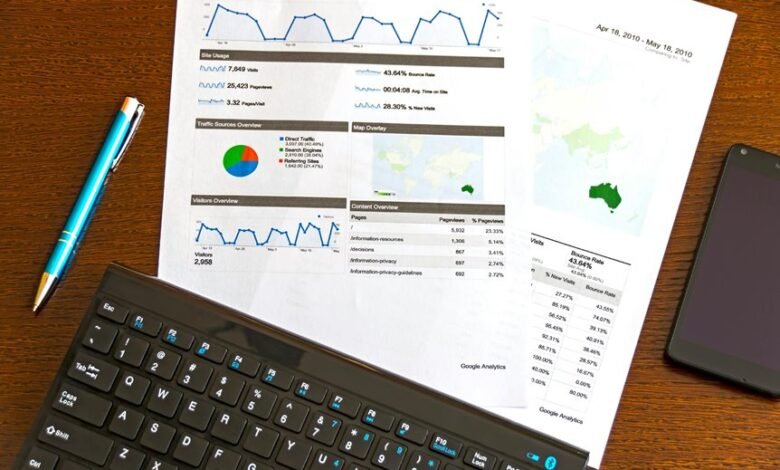Strategic Planning Dashboard: 722540384, 722588620, 722907296, 722937796, 725761281, 726111755

The Strategic Planning Dashboard, identified by key numbers such as 722540384 and 726111755, plays a pivotal role in organizational strategy. It amalgamates vital performance metrics with advanced visualization techniques. This integration not only enhances data interpretation but also fosters accountability. As organizations navigate complex environments, understanding how these dashboards optimize resource allocation becomes essential. What specific features contribute to their effectiveness in driving strategic objectives?
Understanding the Role of Strategic Planning Dashboards
Strategic planning dashboards serve as vital tools for organizations aiming to align their objectives with actionable insights.
By facilitating dashboard integration, these platforms enable seamless access to performance metrics, fostering informed decision-making. They provide a comprehensive view of organizational progress, encouraging adaptability and strategic foresight.
Ultimately, such dashboards empower businesses to navigate complexities, ensuring alignment with their core goals while promoting operational freedom.
Key Features of Identified Dashboard Models
While organizations vary in their specific needs, effective dashboard models consistently incorporate several key features that enhance their utility.
Key among these are advanced dashboard visualization techniques, enabling users to interpret data intuitively. Additionally, the integration of relevant performance metrics allows for real-time tracking of objectives, fostering informed decision-making.
Collectively, these elements empower organizations to monitor progress and adapt strategies effectively.
Benefits of Implementing a Strategic Planning Dashboard
Implementing a strategic planning dashboard offers organizations a multitude of advantages that extend beyond just visualizing data.
Enhanced data visualization facilitates informed decision-making, allowing leaders to quickly interpret performance metrics. This clarity promotes transparency and accountability, empowering teams to align their efforts with strategic objectives.
As a result, organizations can adapt more swiftly to changes, optimizing resource allocation and driving overall success.
Conclusion
In conclusion, the Strategic Planning Dashboard represents a vital resource for organizations seeking to enhance decision-making and operational efficiency. Notably, research indicates that organizations leveraging data visualization tools, such as dashboards, can improve productivity by up to 30%. This statistic underscores the significant impact of effective data interpretation on resource allocation and strategic alignment, reinforcing the importance of integrating such tools to foster a culture of accountability and adaptability in an ever-evolving business landscape.





